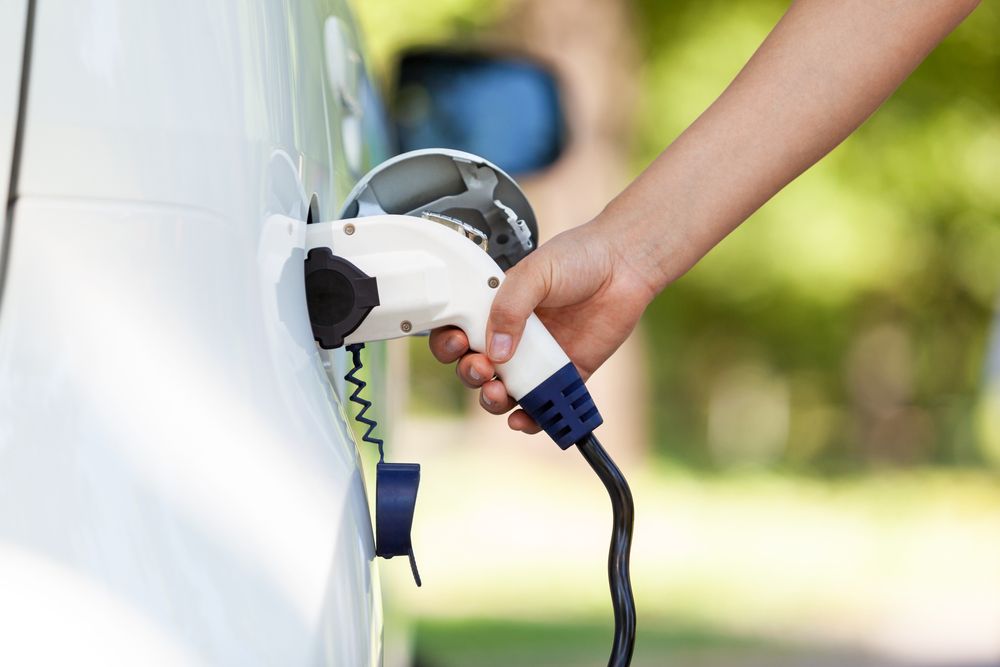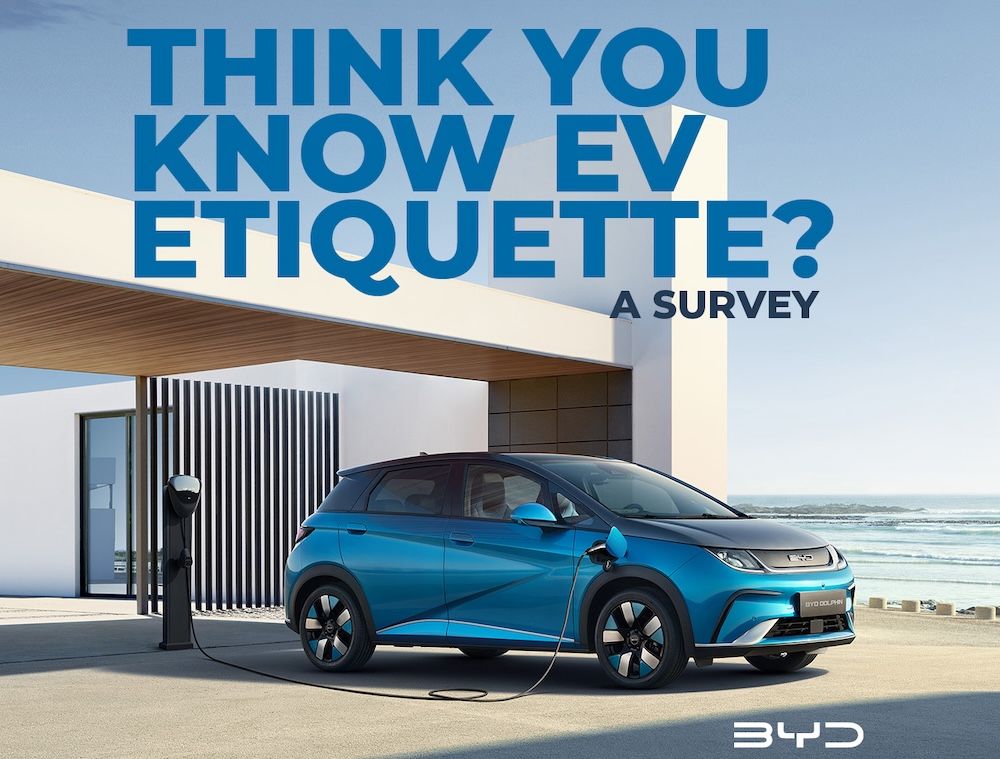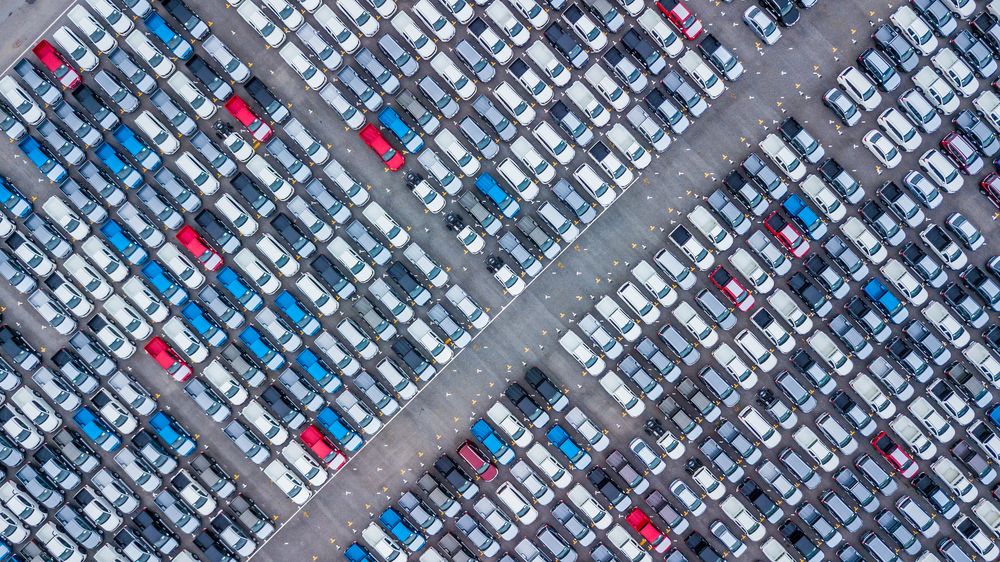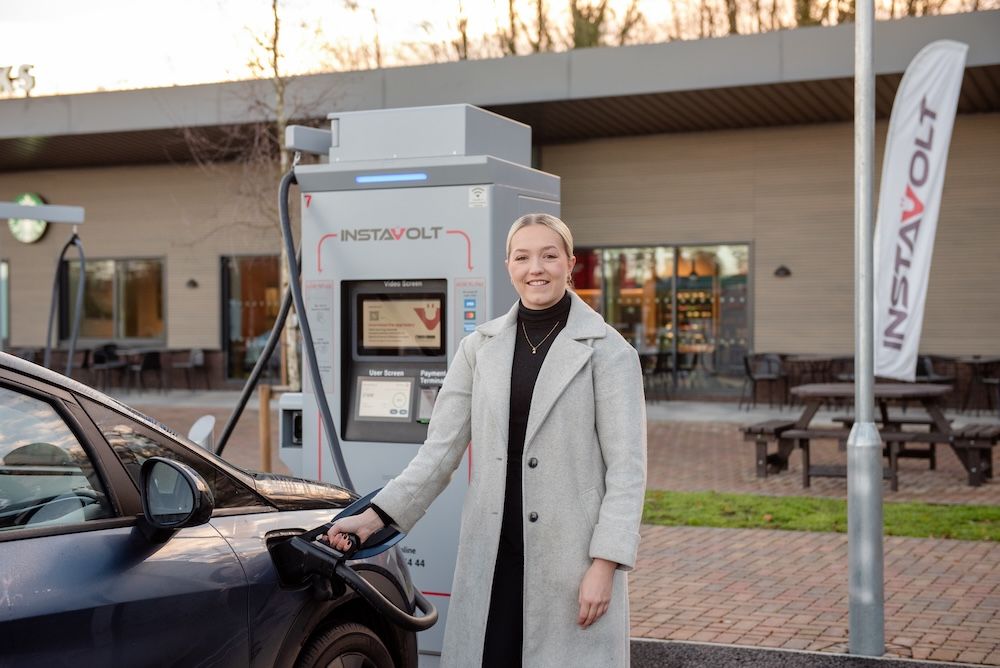The south east of England, where there are a number of clean air zones, is emerging as the UK’s electric van hotspot, with 31,782 electric vans registered in the region.
The insight is based on Leasing.com’s analysis of regional electric van registration data, alongside the current distribution of CAZs and LEZs as of early 2025, highlighting a clear link between policy changes and electric vehicle uptake.
The increase, which is more than any other part of the country, is linked to the creation of new clean air and low emission zones, including in Oxford and Portsmouth.
In addition, electric vans have also climbed in the south west where there are Clean Air Zones in Bath and Bristol. Currently, councils in areas like St Albans, Wokingham, and Sefton are also currently considering new Low Emission Zones, which could drive up electric van numbers further.
Alongside regulation, the improved performance of electric vans has assisted uptake. The average range of electric vans has increased by 38% in just five years, from 144 miles in 2020 to 198 miles in 2025, and a 27% increase in battery capacity, up from 45kWh in 2020 to 58kWh today.
The additional power helps reduce downtime and supports longer, more intensive driving schedules, particularly valuable for delivery and service-based businesses. Payload has also seen steady gains, with the average electric van now capable of carrying 887kg, up 5% since 2020 and just 36kg shy of a typical diesel van.
Business enquiries for electric vans have increased by 485% year-on-year, but, as electric vans will no longer be exempt from Vehicle Excise Duty (VED), this change may affect initial budgeting, Leasing.com said.
Mike Fazal, CEO of Leasing.com, said:
“The vehicle excise duty changes, which will see electric vans taxed for the first time, could also impact adoption. That said, running costs for electric vans are still considerably cheaper than ICE counterparts. Plus, advancements in range, battery size, and payload capacity are helping to close the gap.
“Beyond taxation, licensing reforms are also helping to reduce barriers to entry for businesses making the switch to electric. One of the long-standing limitations, weight classification, may soon be resolved through changes that allow more drivers to legally operate heavier zero-emission vehicles.
“Soon, your standard driving licence holder (Category B) will be able to drive zero-emission vehicles up to 4.25 tonnes, addressing a long-standing issue where electric vans were classified as HGVs due to their heavy battery weight. Once implemented, it will provide businesses with greater flexibility in choosing electric vans without additional licensing requirements.”
Image from Shutterstock








